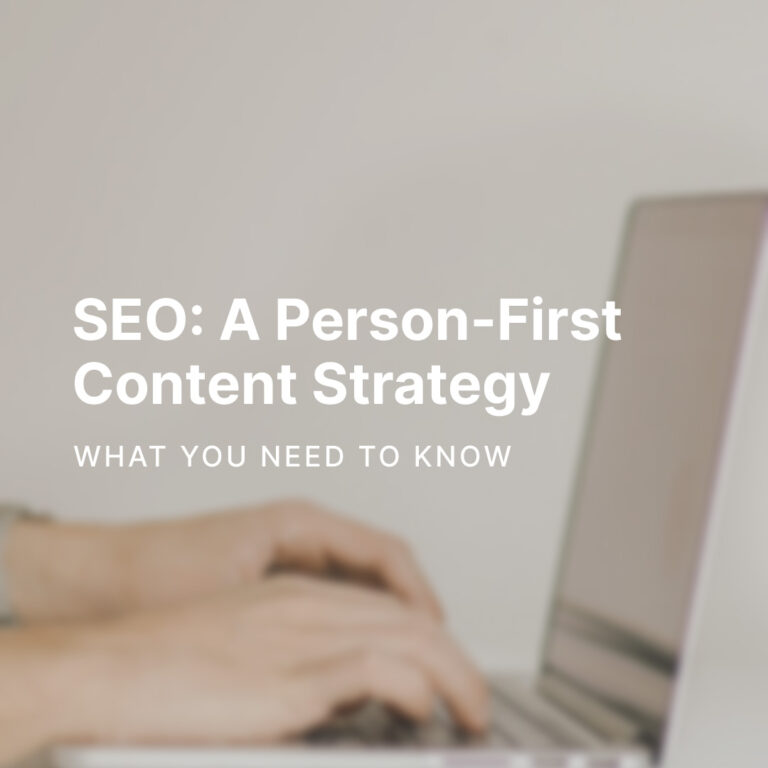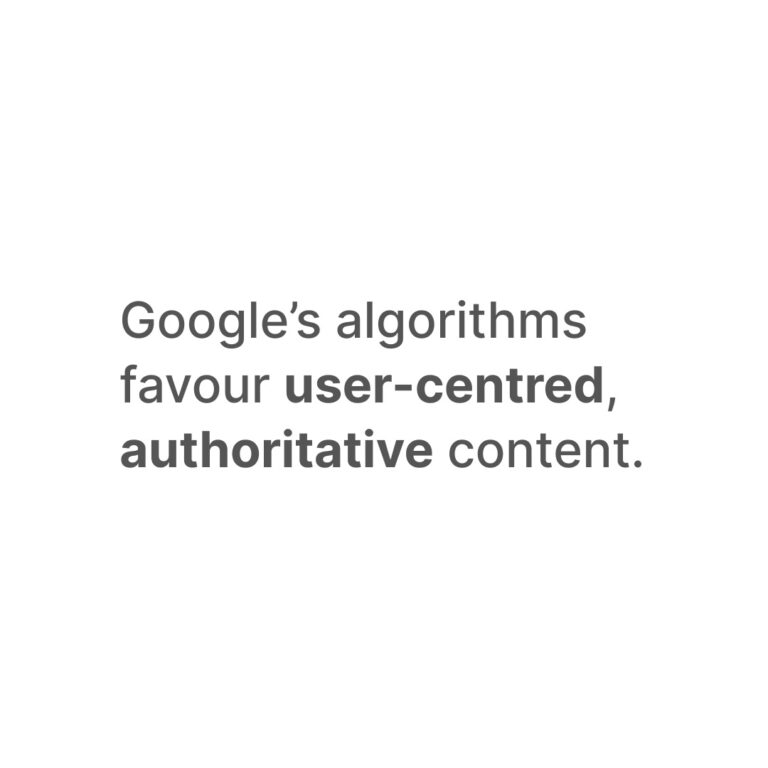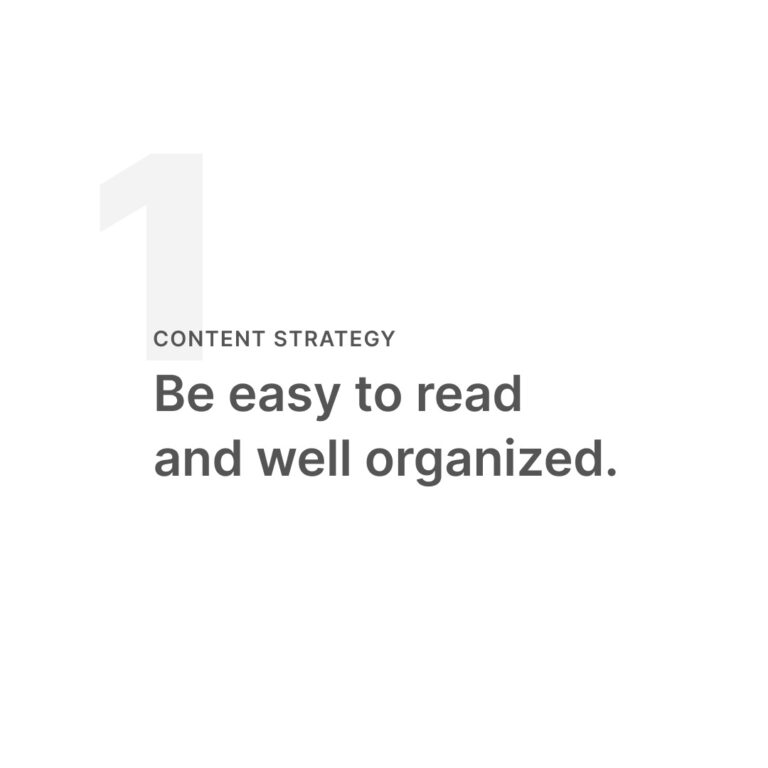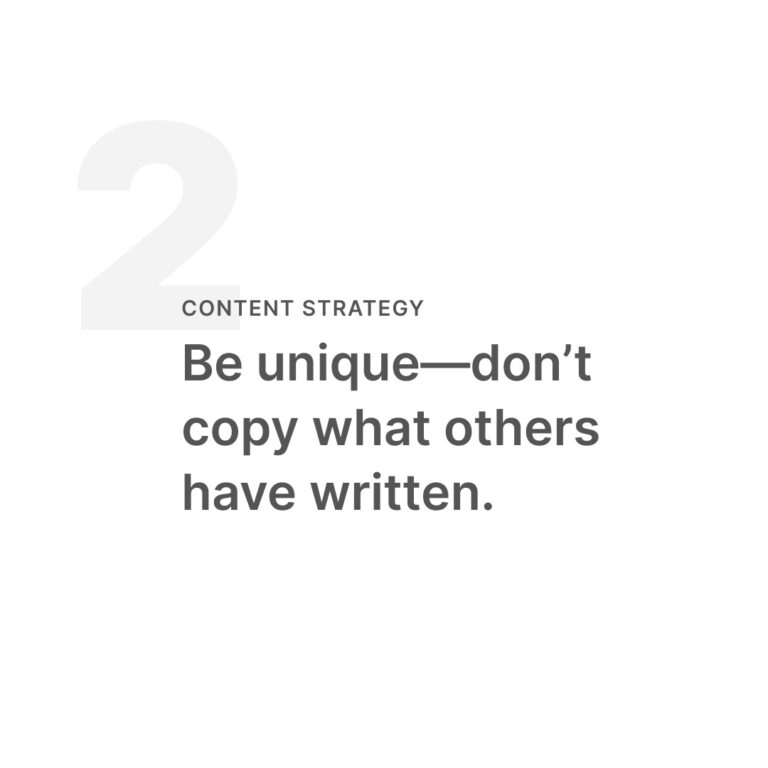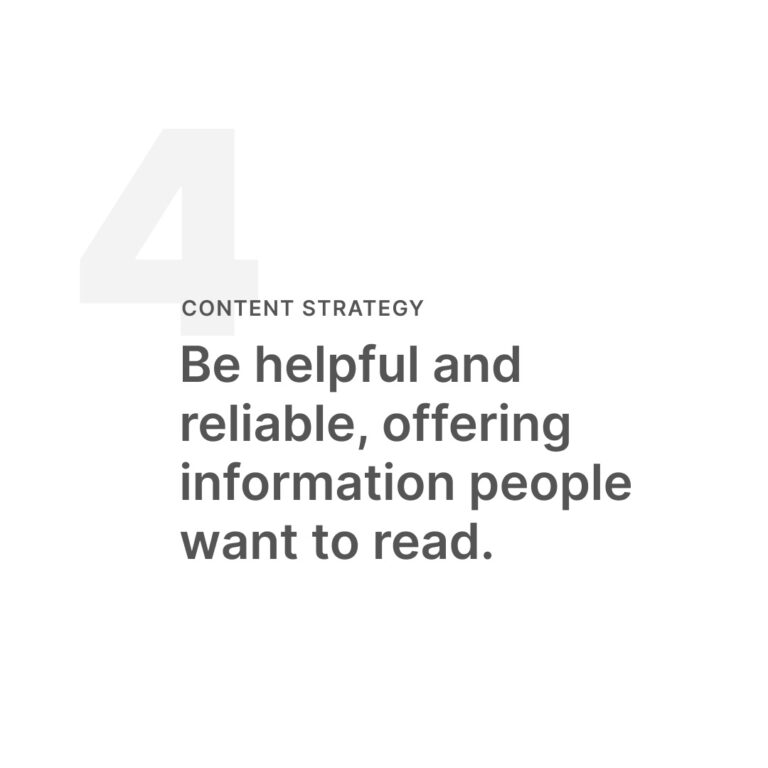Balancing Engaging Content with Search Engine Demands
You’ve likely heard the term SEO—Search Engine Optimization—which is the process of increasing visibility of website pages in search engines to increase relevant traffic. There’s a lot that goes into effective SEO, but it doesn’t have to be complicated. As a digital marketing team, our job is to prioritize high-quality content rather than simply repeating keywords, a process known as “keyword stuffing.” So why is high-quality content important to your business?
Google’s algorithms favour user-centred, authoritative content. Our goals, therefore, are to understand your audience and make sure your brand offering is clear and your communication aligns with your business goals and your audience’s needs. The way to provide content that is both engaging and satisfying to the requirements of a search engine is to use a person-first content strategy.
Prioritizing User Experience
A person-first content strategy is geared towards content that attends first and foremost to what people care about. Page experience is an important ranking factor for Google. And when you create person-first content, you prioritize user experience (UX), which means users will have the best possible page experience. For example, we focus on making information easy to find, writing unique, engaging content, and ensuring clarity by using straightforward phrases and concise sentences.
Satisfying Search Engines
Every day, Google’s search engine processes billions of queries using its algorithm and tries to provide the best possible organic search results. Google is looking for your website’s pages to satisfy its Core Web Vitals, which include visual stability, loading time, and interactivity. Other ways that Google deems your site as an authority include:
- Is your content easy to load on all devices? This is why we design mobile-first.
- Is your website secure? Enable HTTPS on your servers.
- Does your website have a simple URL structure? Organize content so the URL structure is logical.
- Does Google understand you have a new website? Redirect old links to your new site.
These considerations, combined with things like accurate page titles and descriptions, targeted keywords, an organized site hierarchy, and linked pages will help your site rank as high as possible. When it comes to SEO, there are a lot of factors to consider, but prioritizing user experience through valuable content should be your number one goal. As always, we’re here to help you with a striking web presence that meets the best web practices and allows you to achieve your business goals.

